

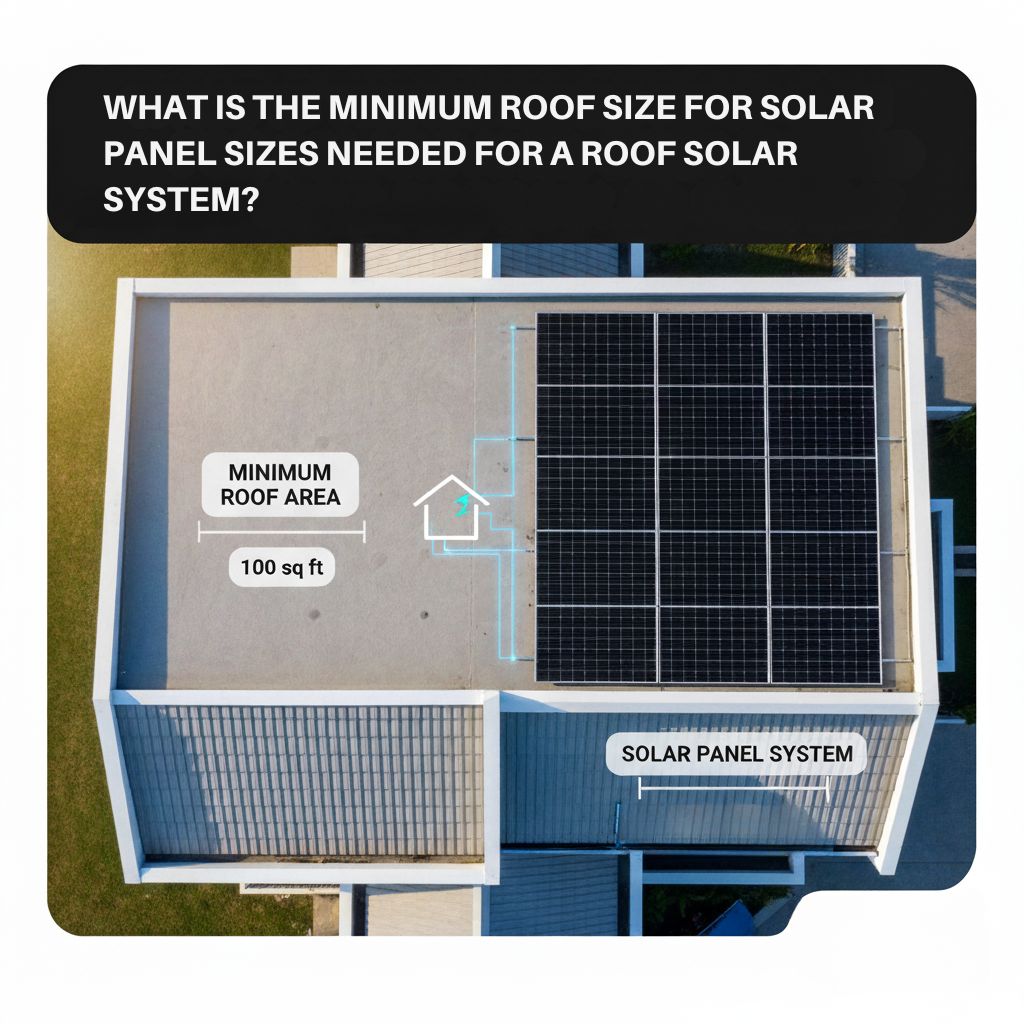
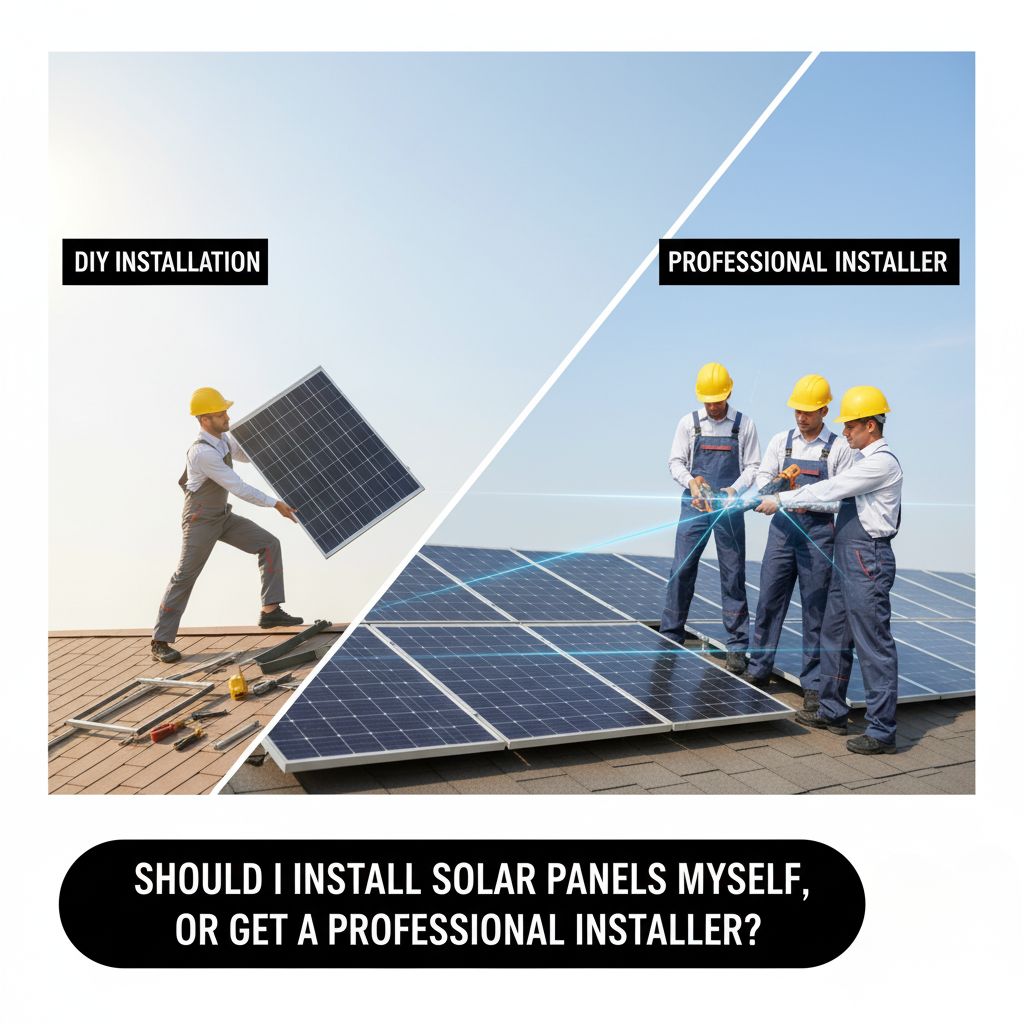
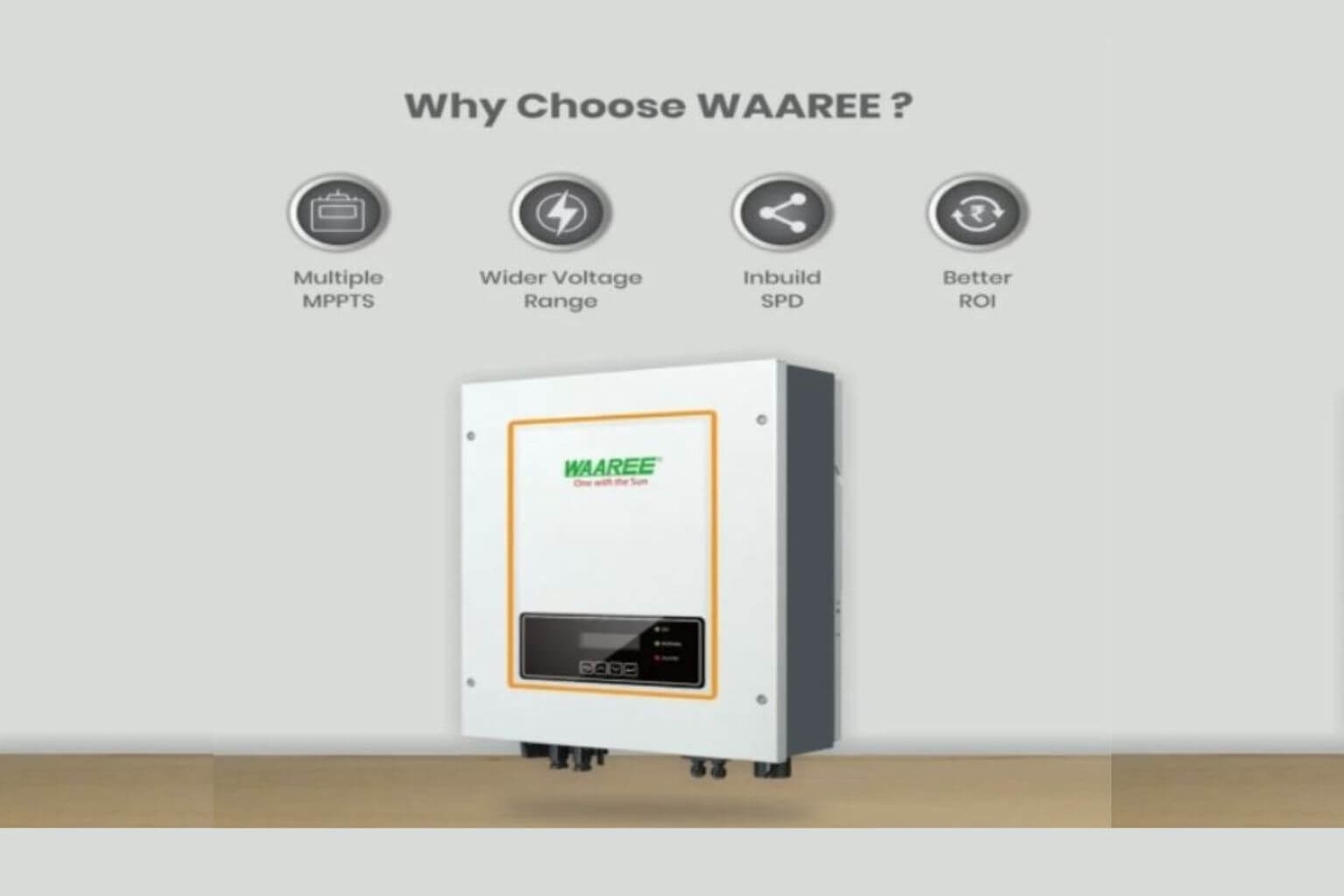
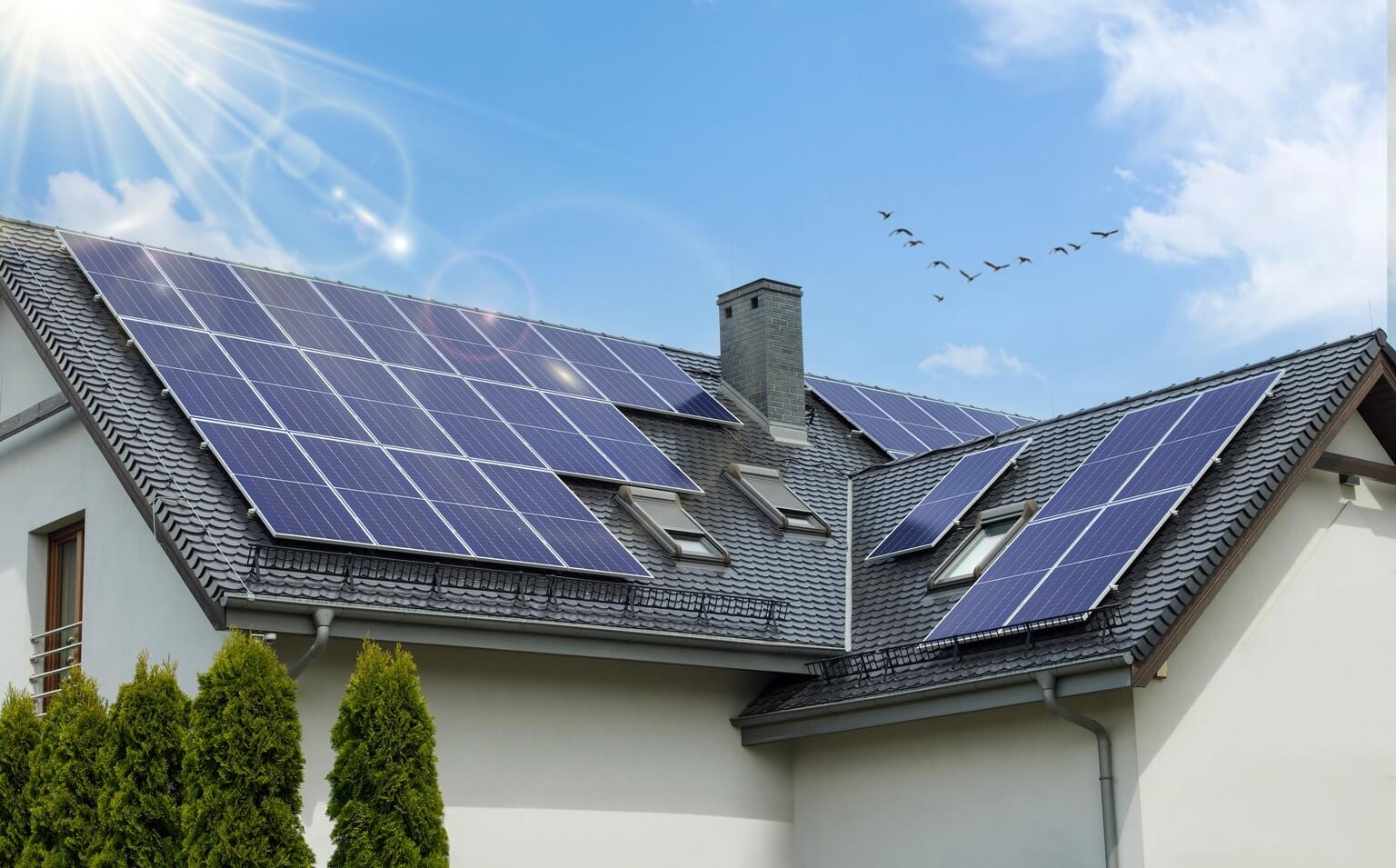
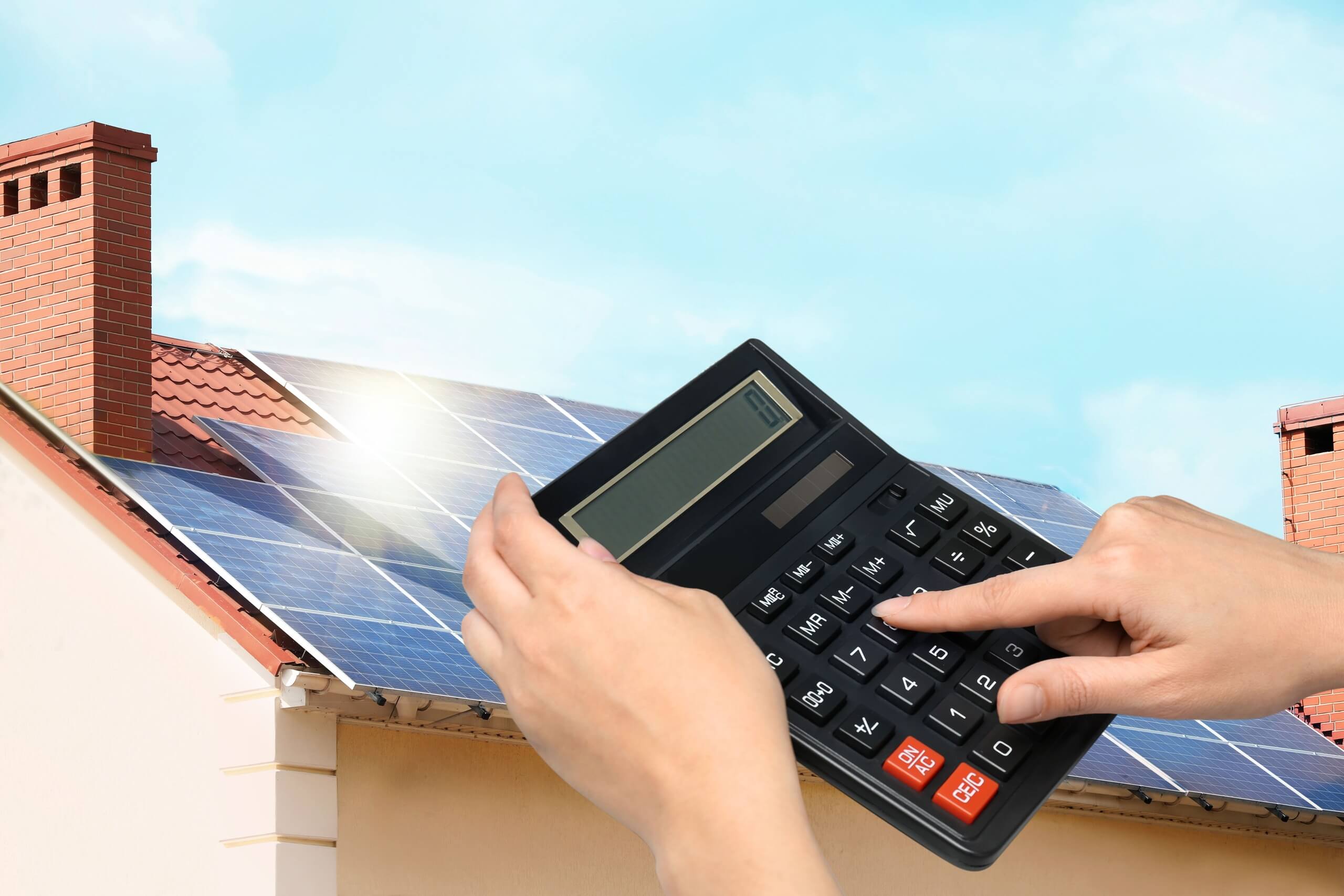
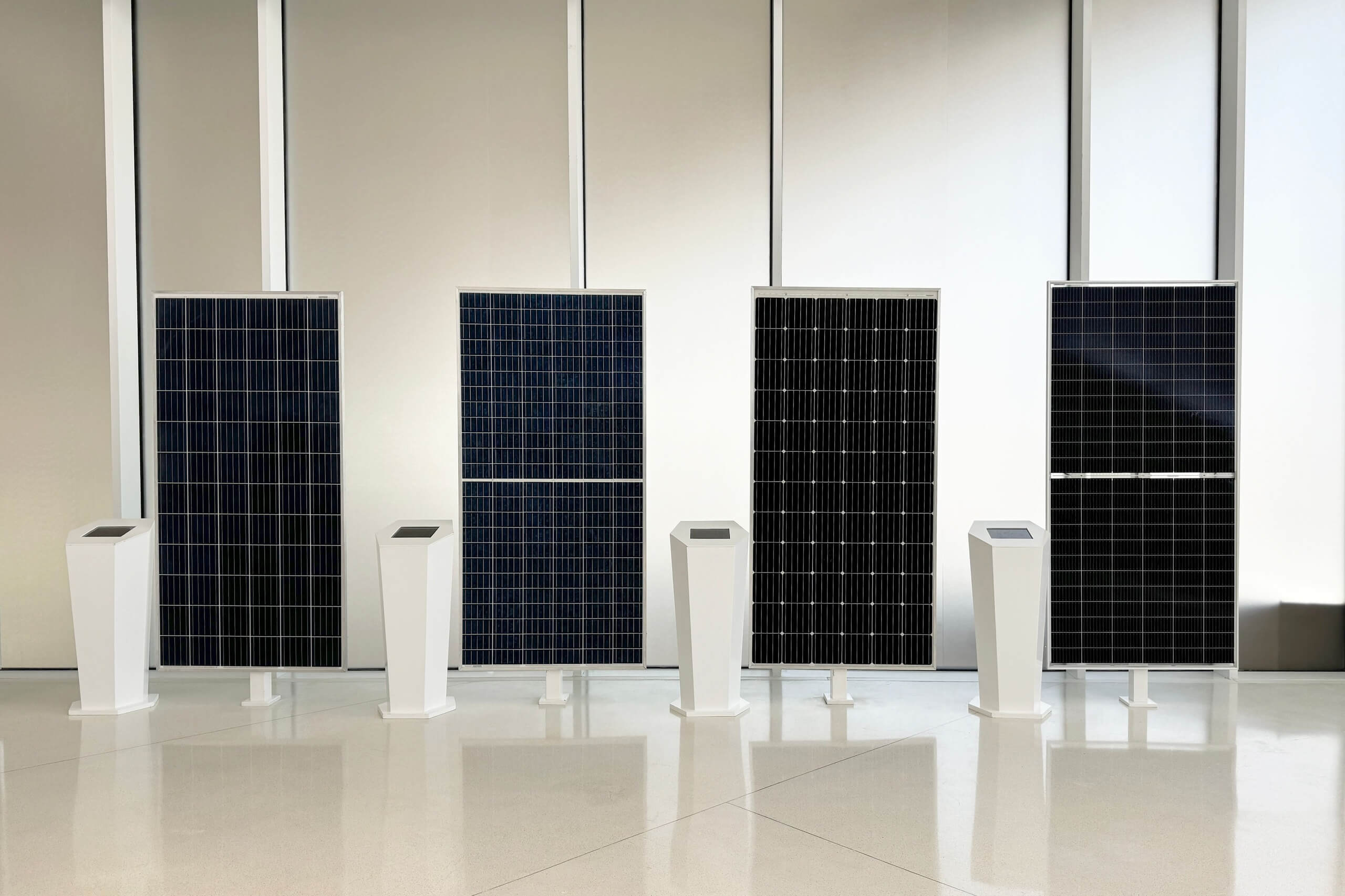


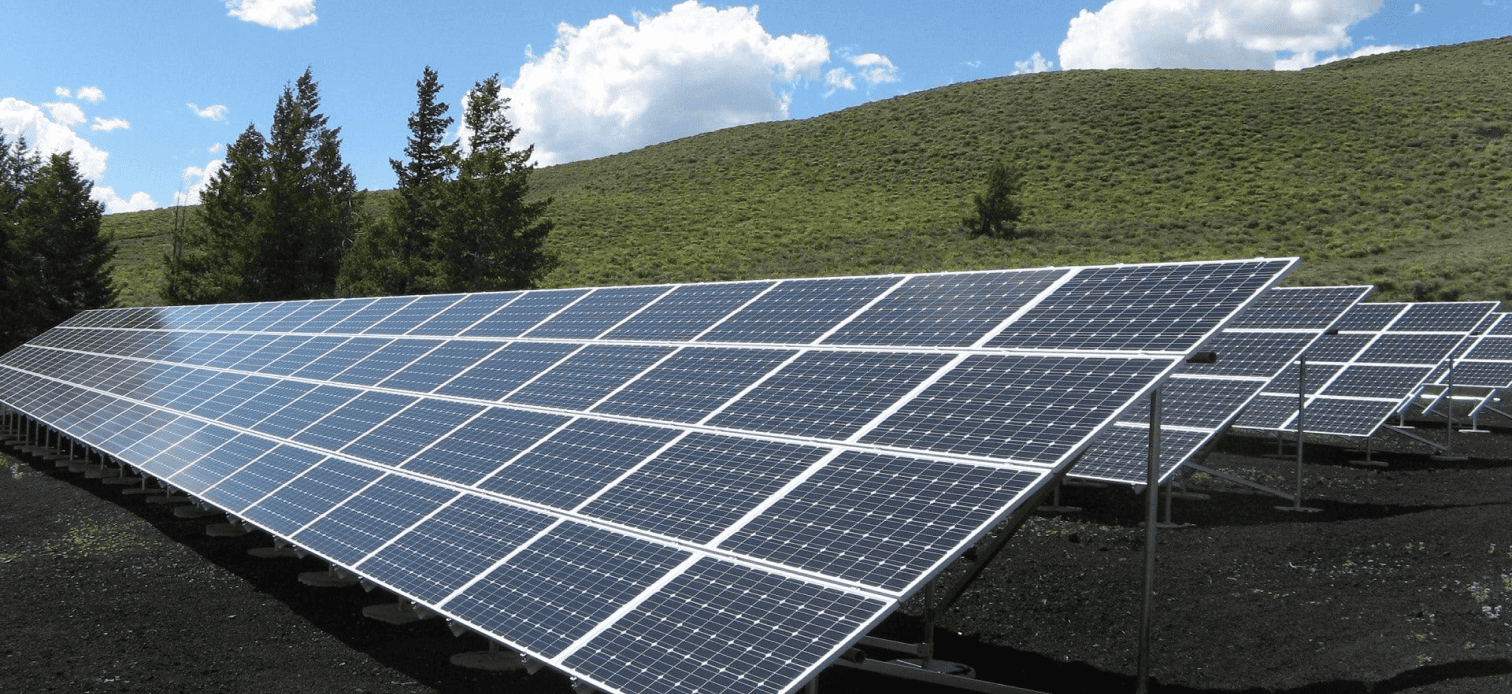




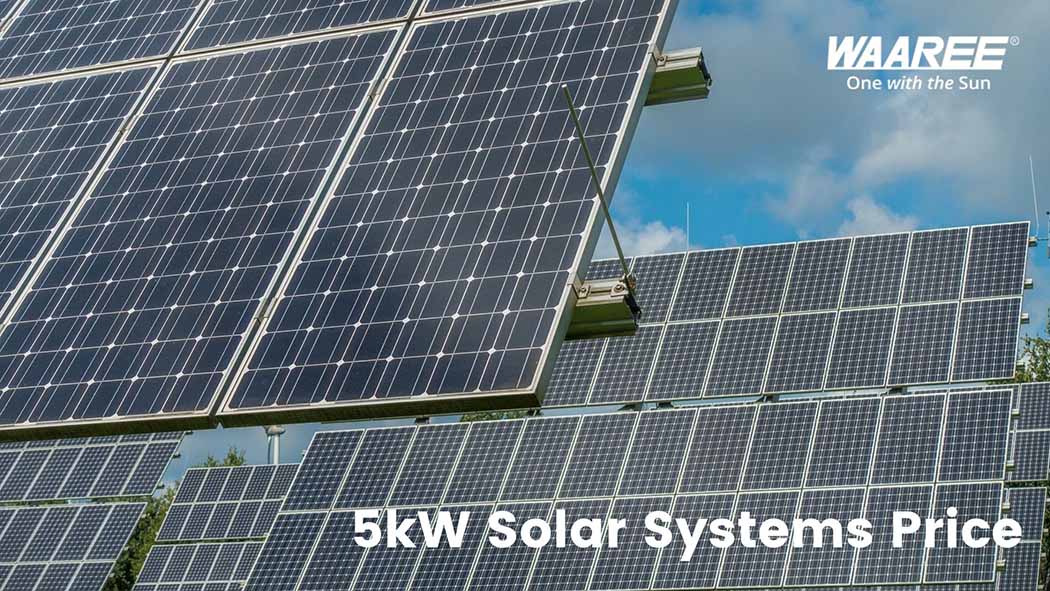

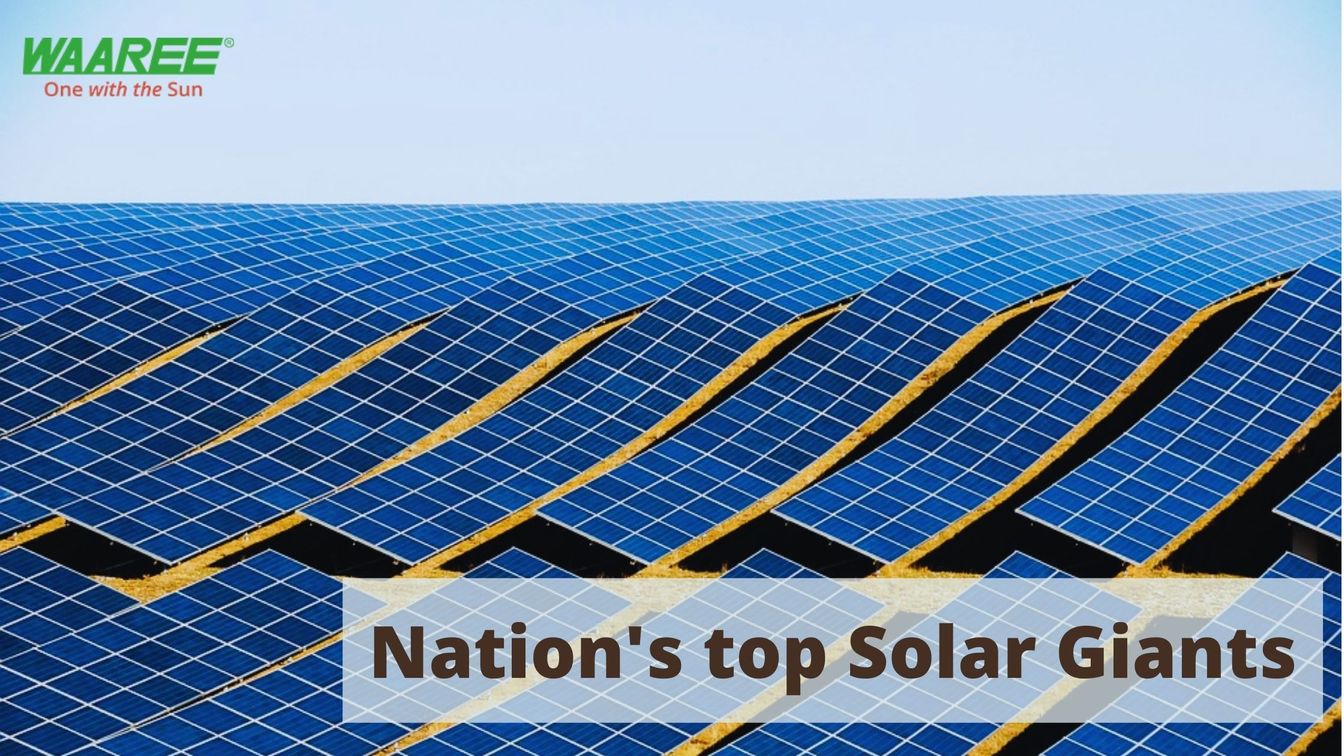

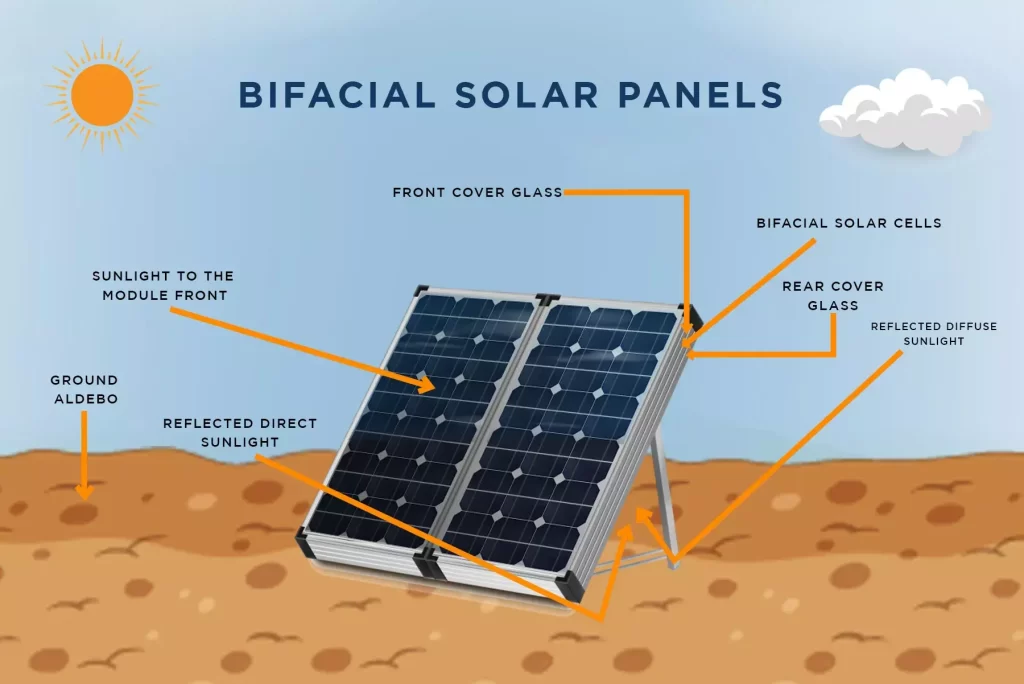
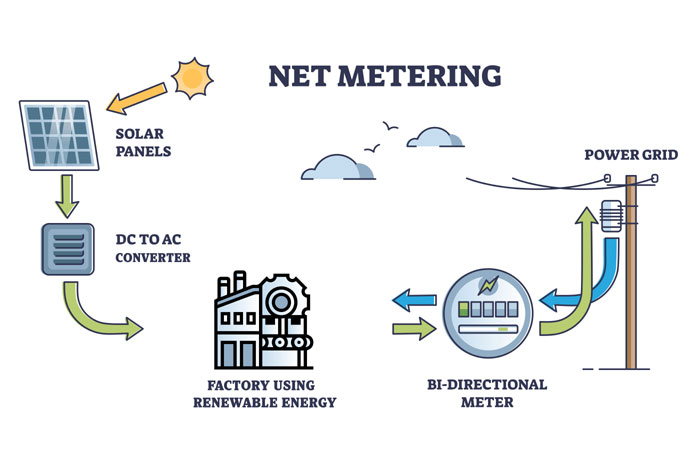
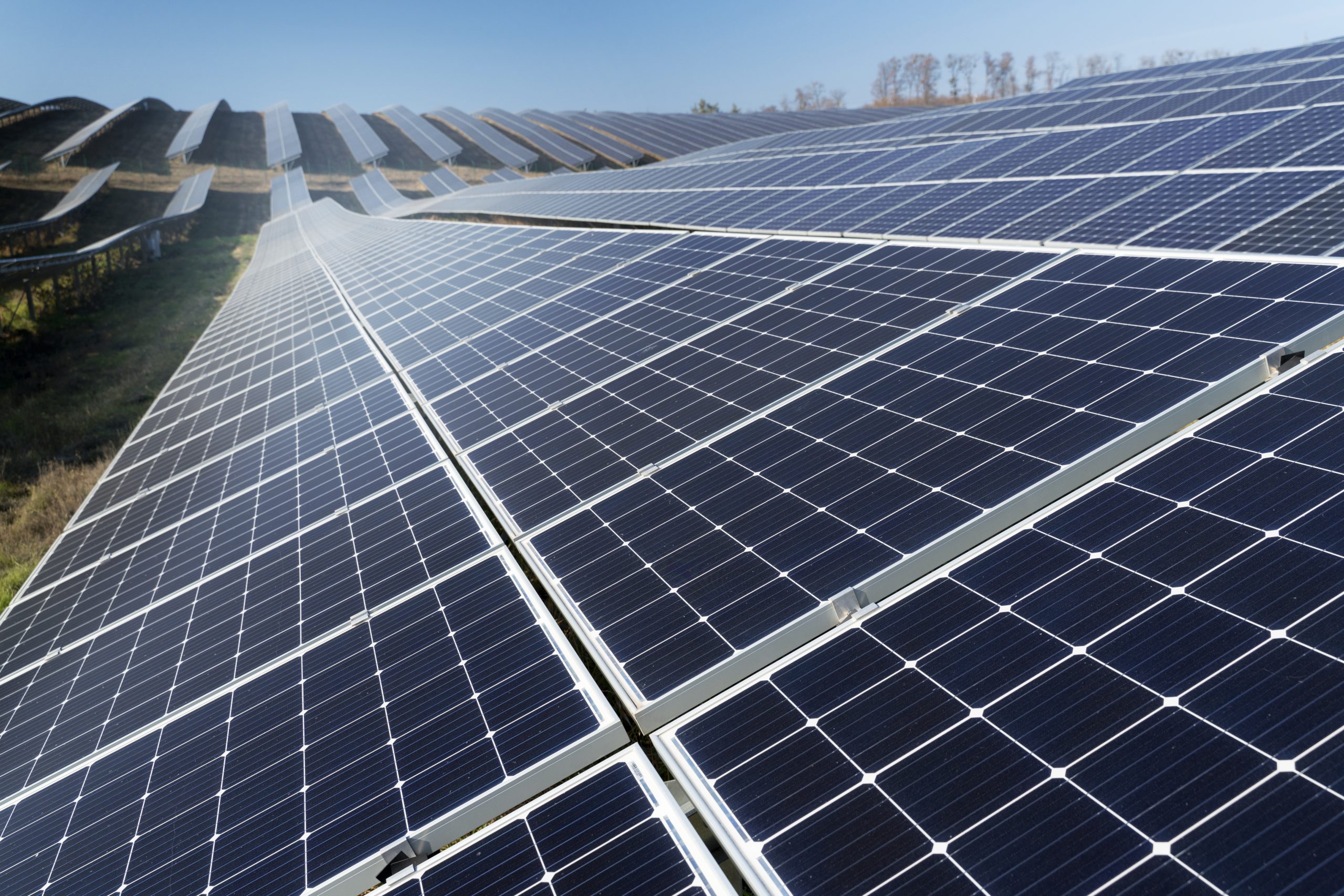
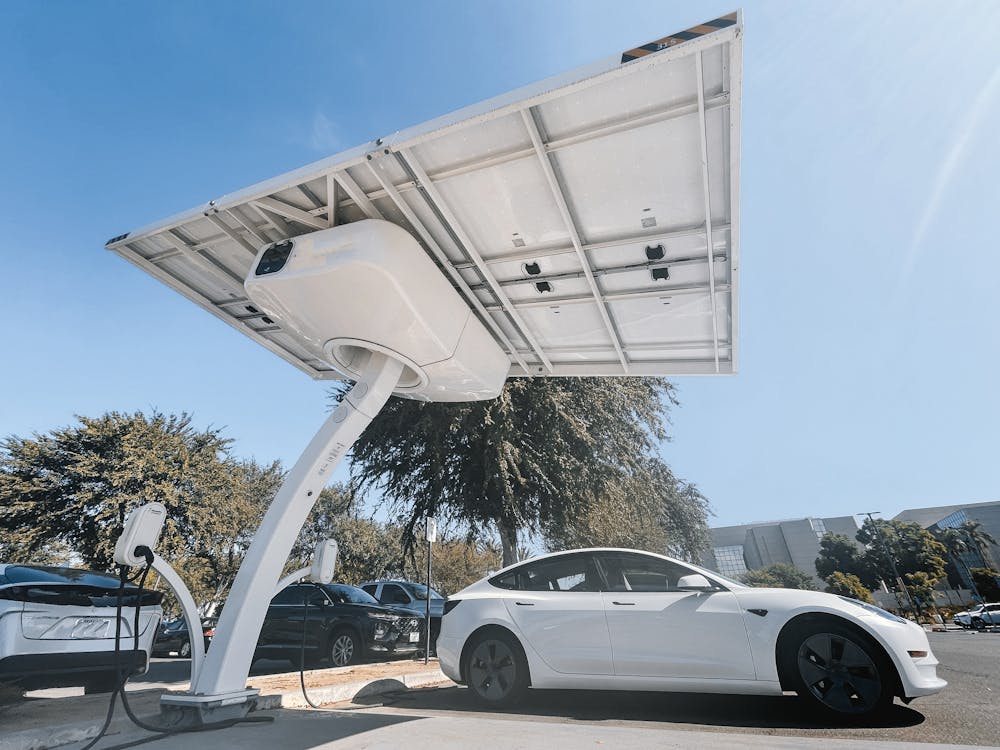
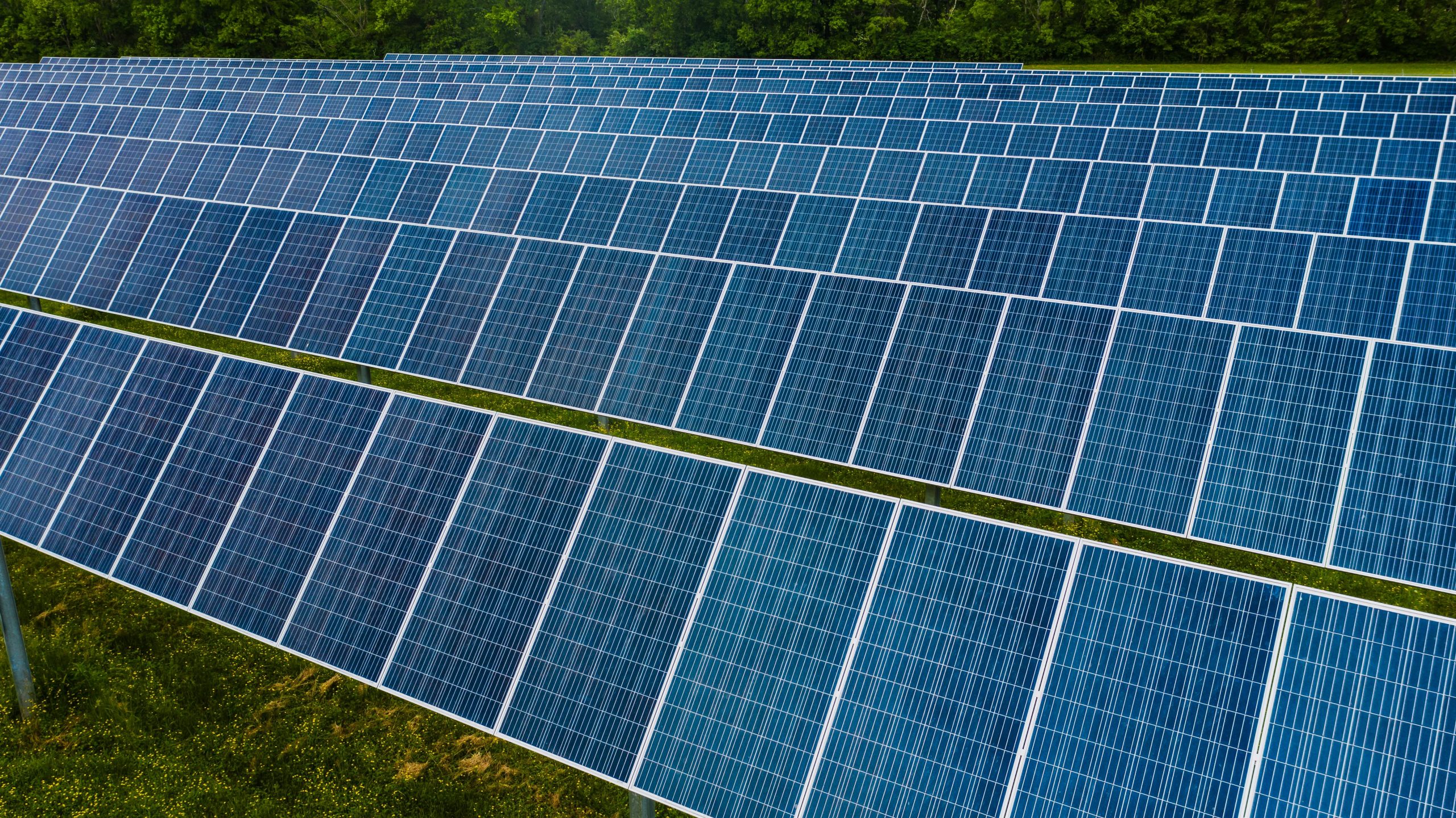
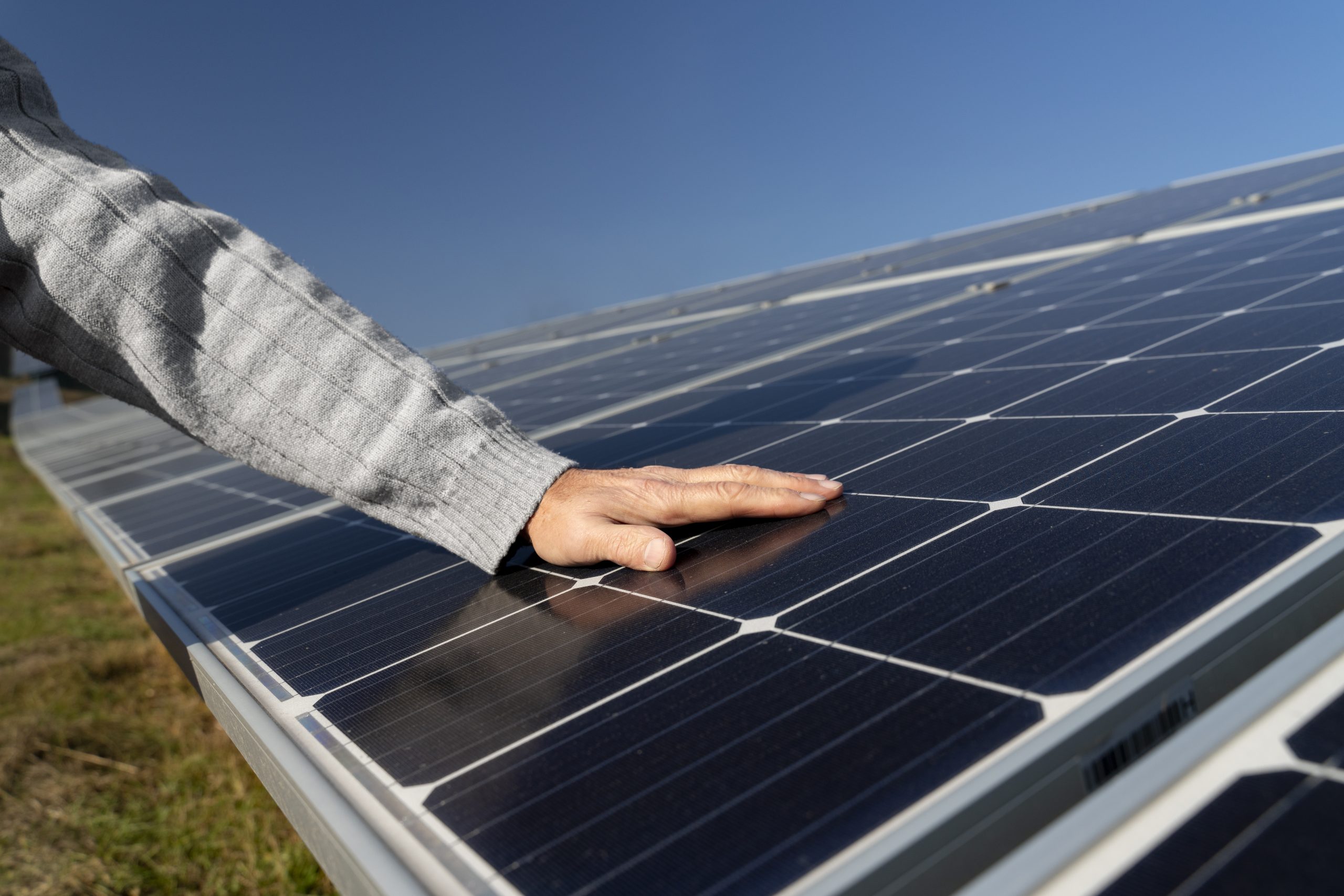

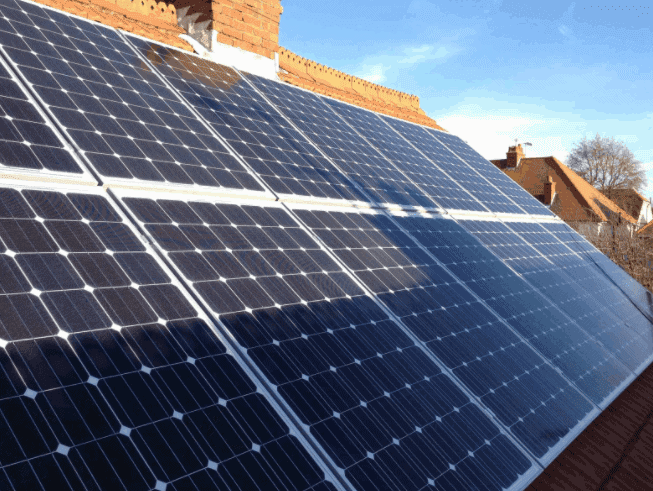

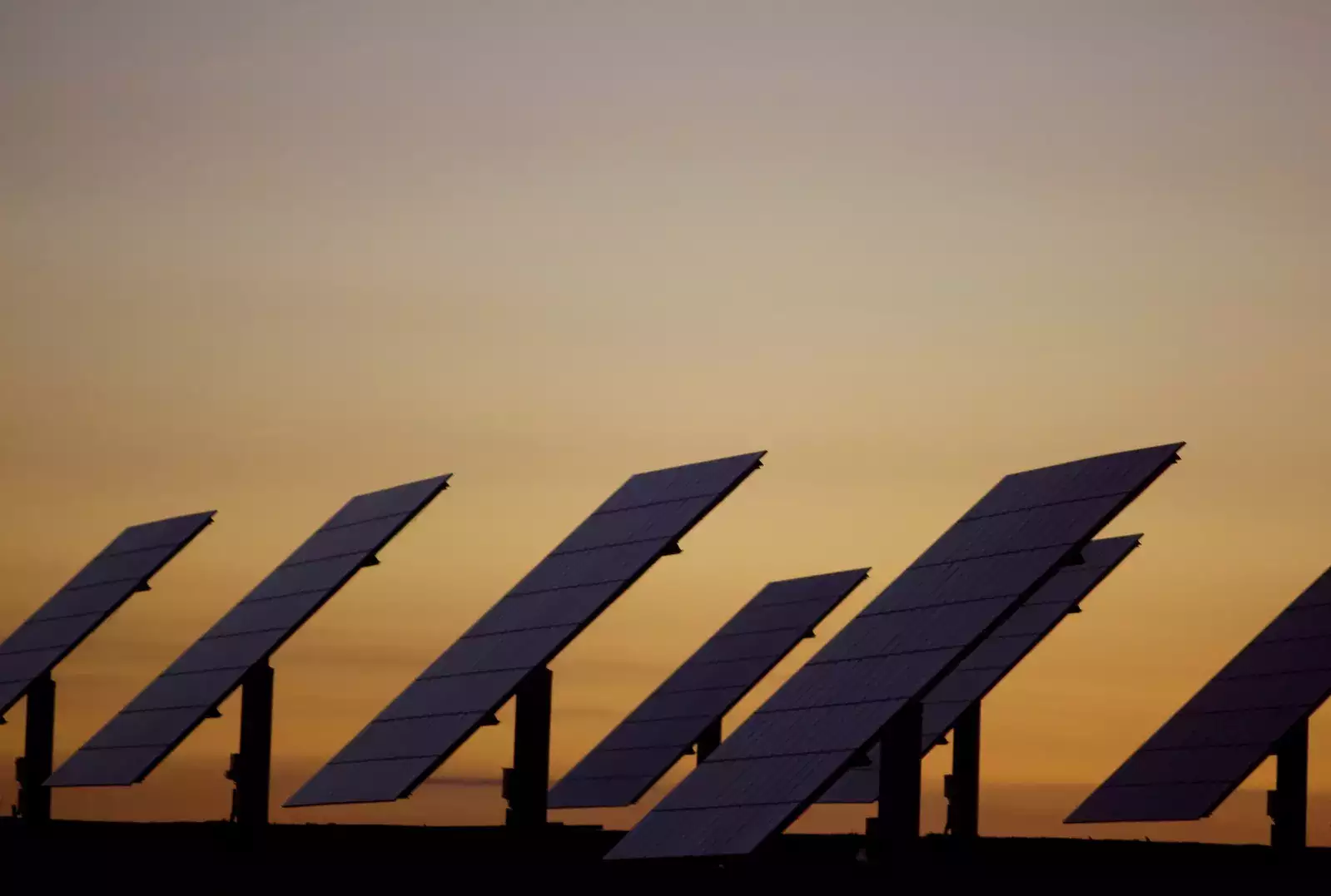



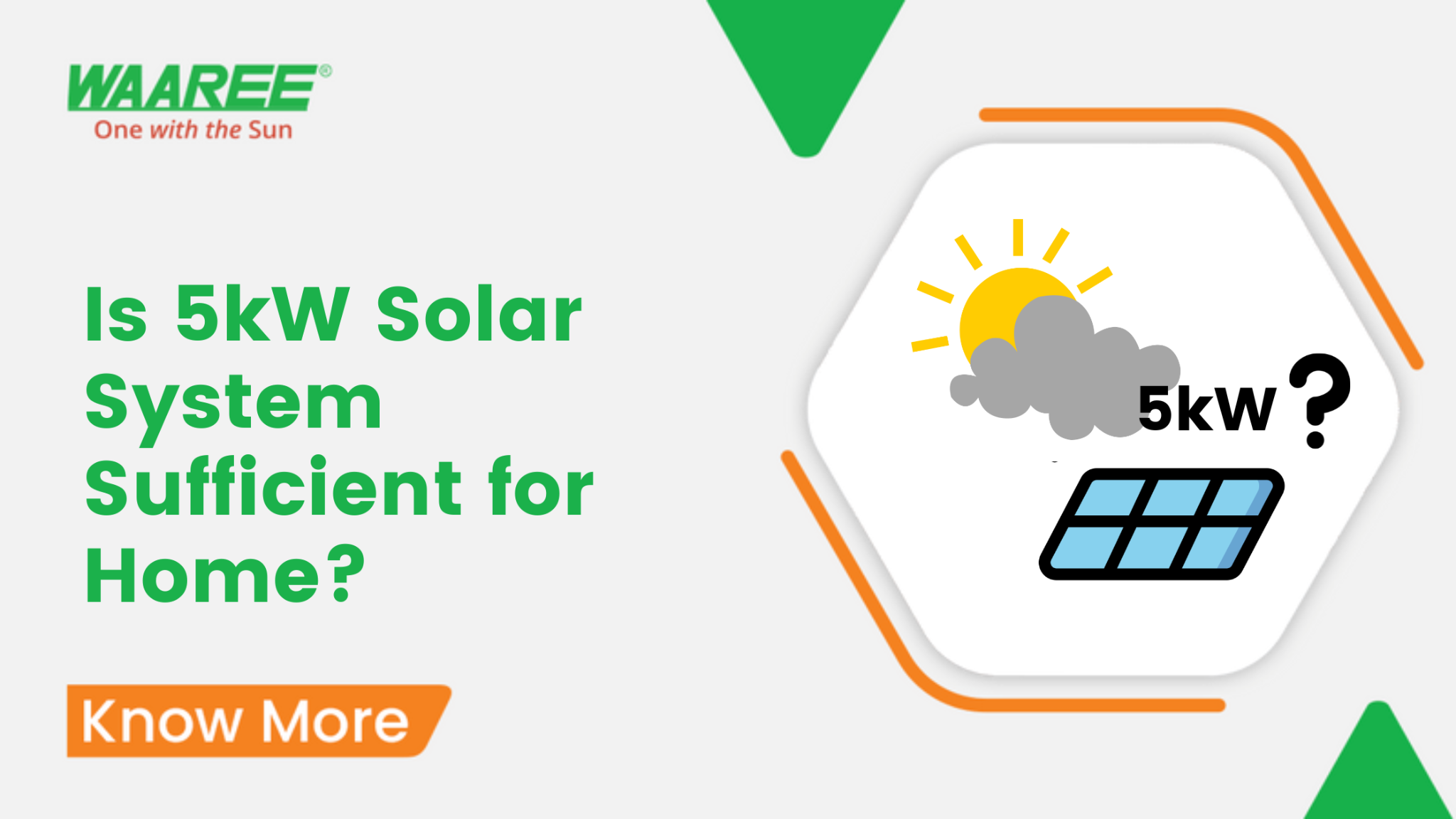

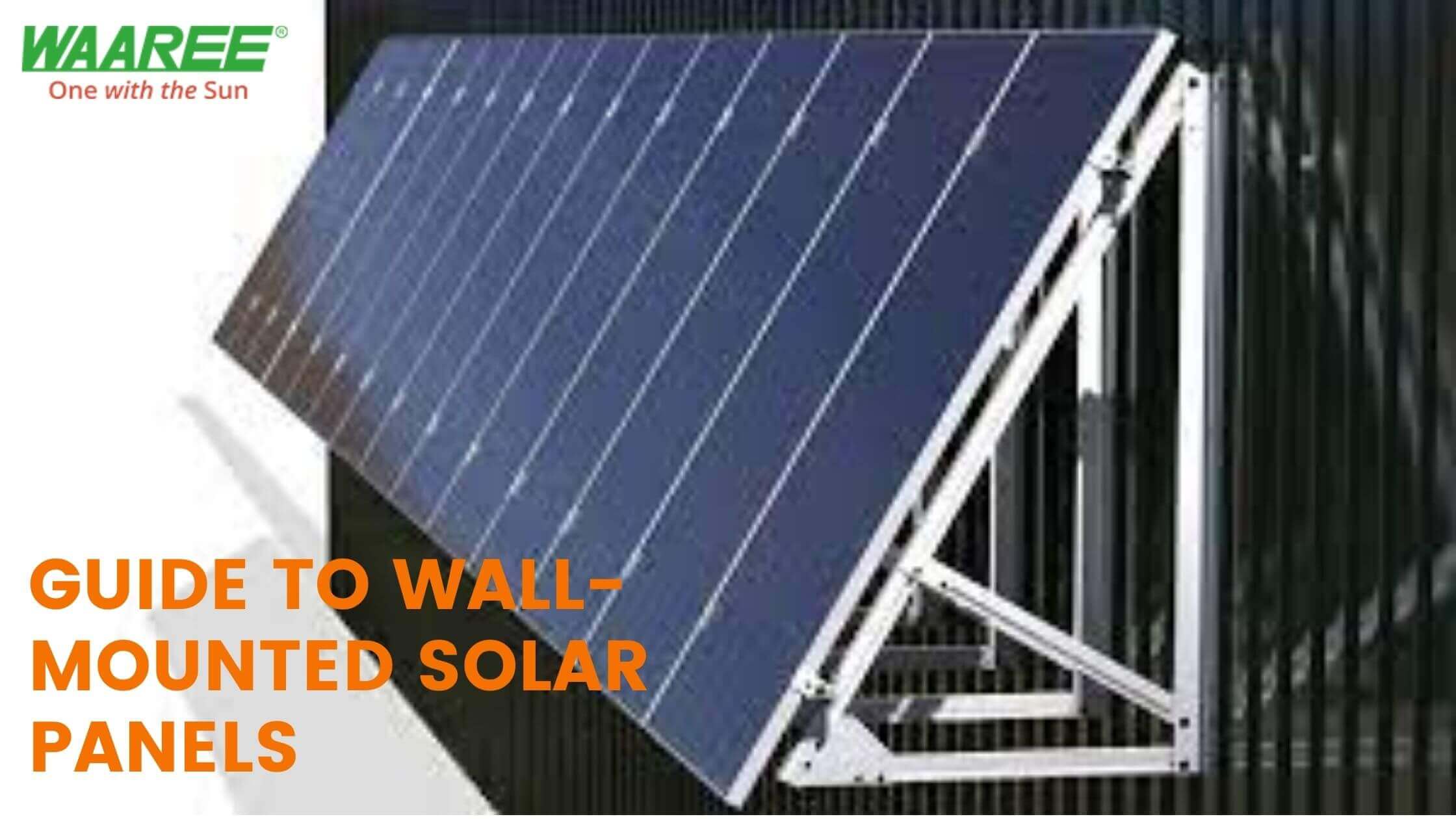
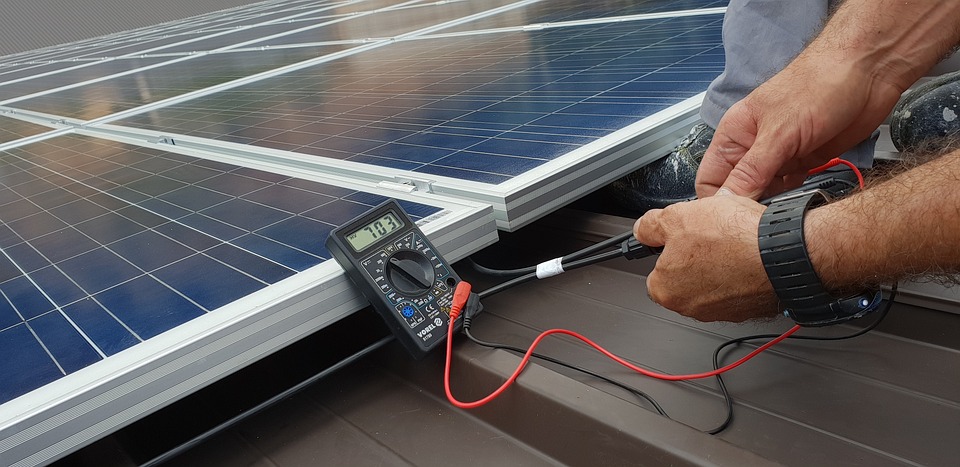

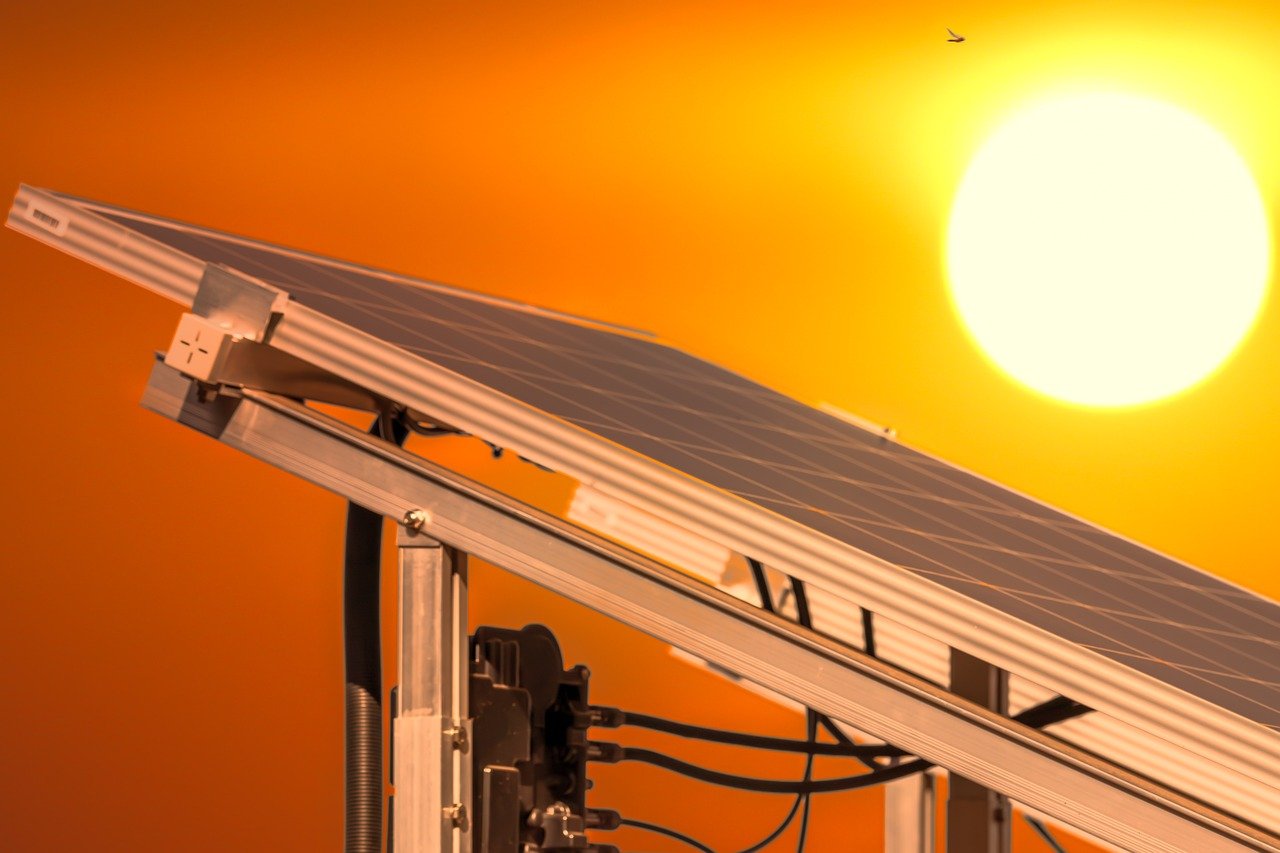

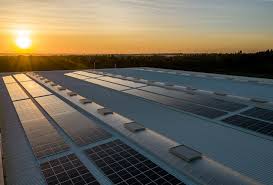
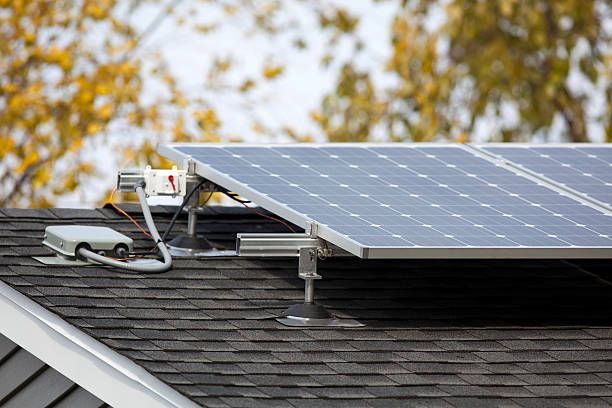
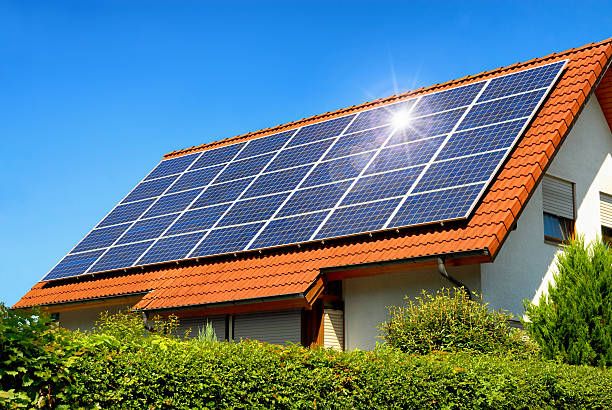
3 mins
You must be curious to know how solar panels get manufactured and solar companies that provide rooftop solar panels, and solar companies near you. Here is the answer to all your questions.
Now, we will show you how solar panels are manufactured.
Cutting out cells is done with the help of laser cutting machines.. For full-size modules, this process gets disregarded. The size of the cell depends on the wattage of the panel required by the customer.
In this mechanized process, cells get connected. The blue/black side that faces the sun is the negative part. Whereas the white bottom is the positive part.
After the cells are connected, the machine transfers them to tempered glass, which has an ethylene-vinyl acetate (EVA) encapsulation layer around it.
Now the cells are examined to inspect any faults in the string.
An executive tapes the cells into a grid arrangement.
Now the connections are fused, and any excess material is detached.
Once the connections are fused, it’s now time to insulate them using a back sheet and EVA encapsulation. That protects the modules from any moisture and dust.
The module gets visually examined to ensure that it is free from any dust particles, color mismatch, etc.
EI Testing is a process where a module gets scanned in an EI machine. Here any low or dead power cells, cracks, short circuit cells, etc, can be spotted. Any spotted module gets sent back for fixing the error.
Modules get laminated at 140-degrees Celsius. This process takes 20 minutes. After this, the modules are set aside for 10-15 minutes to cool down and reach room temperature.
The excess material of the back sheet gets cut to form a perfect-shaped module.
Frames of various sizes get equipped for bordering the panels.
Holes required for mounting and grounding the panels get punched.
A sealant protects the panels from all kinds of dust and moisture and attaches the frame firmly. Once the frame is attached to the module, it gets sent to the framing machine, where it gets punched for ensuring that it is indefinitely attached to the framing.
Using a sealant, a junction box is attached to the module. Then connections are soldered and left for 10-12 hours for fixing.
The module gets manually cleaned to remove any excess sealant or dust.
Here the module will be connected to check its voltage, power, output current, etc., and a report gets generated for each module. Then, the module is sent for an insulating resistance test and later to the Mechanical Load Test.
In this step, modules get packed for storage and transportation.
Waaree Energies Ltd, is known for producing a wide range of solar power systems. We have India’s largest Solar PV Module manufacturing capacity. Contact us to know more about their solar panel manufacturing.
Leave a Reply
You must be logged in to post a comment.